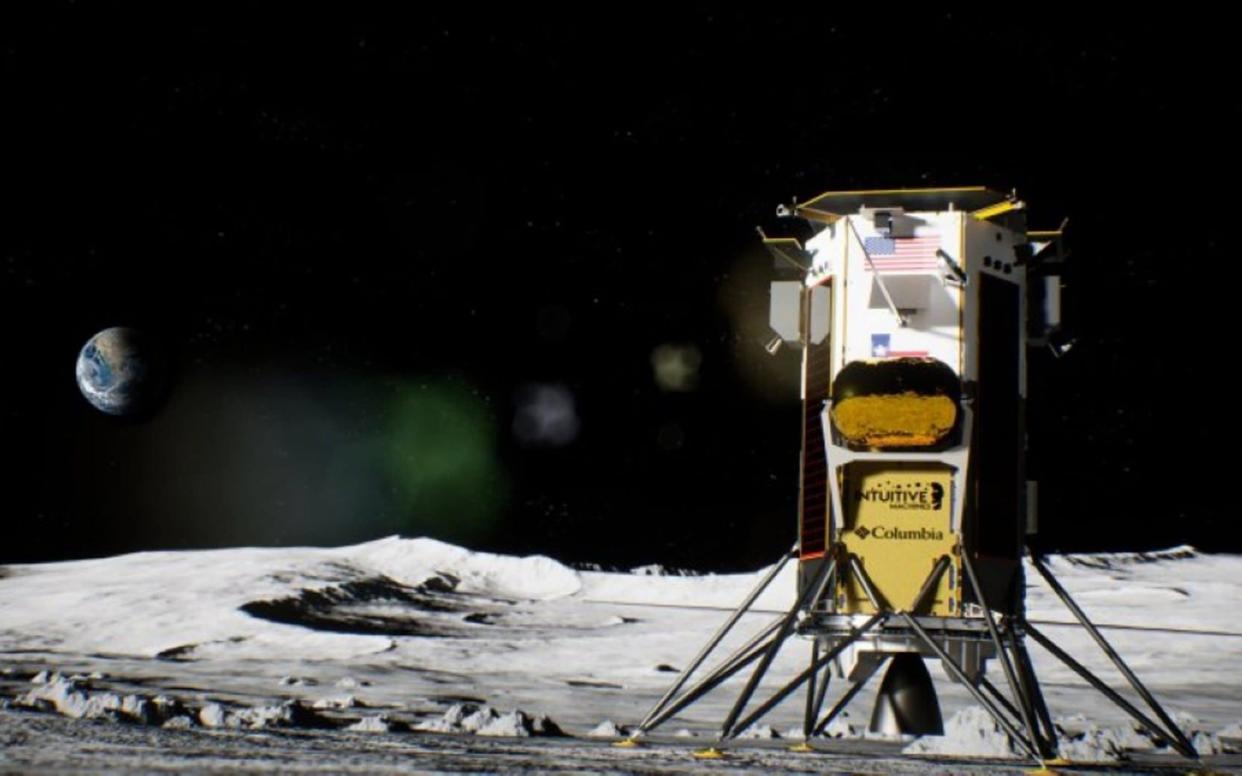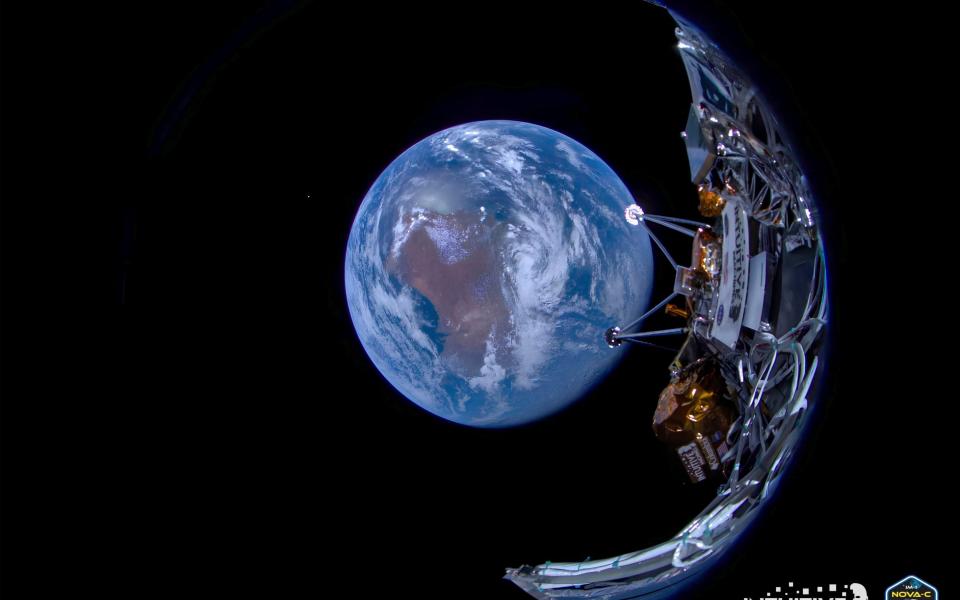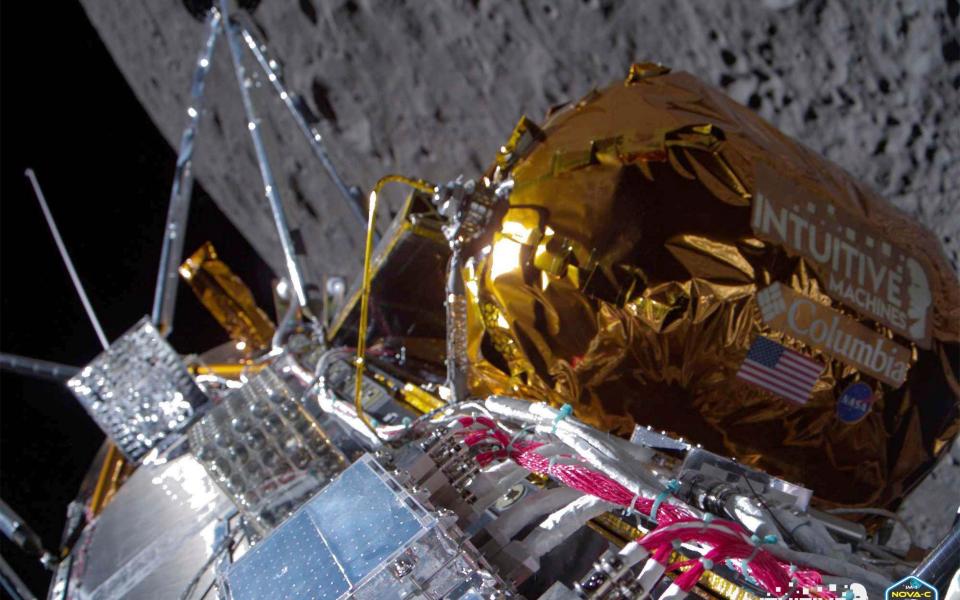Moon experiment could make signals from alien civilisations easier to spot

Signals from alien civilisations will now be easier to spot after scientists eavesdropped on Earth from the Moon.
In February, the world’s first private lunar lander Odysseus touched down at the Moon’s south pole carrying antennae designed to pick up radio frequencies coming from Earth.
Scientists announced on Monday that it has recorded a profile of the Earth’s radio emissions, which could help in the hunt for intelligent life elsewhere in the universe.
“We viewed Earth as an exoplanet, or a planet orbiting another star,” said astrophysicist Dr Jack Burns of the University of Colorado Boulder, a co-investigator on the ROLSES instrument.
“That enables us to ask: What would our radio emissions from Earth look like if they came from an extraterrestrial civilization on a nearby exoplanet?”
Hunting for intelligent life in far away worlds is tricky, particularly when scientists are unsure what they are looking for.

Human technology, such as mobile phones and broadcast towers, emit a string of continuous radio signals and studying them can provide a guide for searching for intelligent life on a distant planet.
Looking back at Earth from the Moon, experts were able to take a “sort of space radio selfie” which offers a fingerprint for future searchers.
The spacecraft also managed to capture signals coming from Earth after a mishap on its way to the Moon.
During the journey, one of the antennas slightly overheated and popped out of its housing on the lander.
The team used the accident to look back at Earth and record radio waves emanating from the planet for nearly 90 minutes.
Odysseus, designed by the US company Intuitive Machines and carrying payloads for Nasa, was the first private mission to achieve a soft landing on the lunar surface.
When the antennae unfolded and started picking up signals, the achievement was hailed as the “dawn of radio astronomy from the Moon”.

As well as measuring signals from Earth, the spacecraft is also measuring the layer of charged particles that lies just above the Moon, potentially giving the lunar surface a small electrical charge like a jumper coming out of the dryer.
The effect is caused by the stream of charged electrons and protons beating down on the Moon from the Sun.
Scientists suspect that the stream will charge up the lunar surface which could pose a risk to astronauts. As explorers cross over the lunar soil from sunlight to the moon’s nightside, they may build up charges on their spacesuits leading to electric shocks.
Nasa is currently planning to send humans back to the moon later this decade through the Artemis program.
“In the Apollo era, the astronauts were always in daylight, so this wasn’t much of an issue,” added Dr Burns.
“But if you’re going from daylight to, say, a permanently shadowed crater, you could create some substantial electrical currents.”
The new research was presented at the Meeting of the American Astronomical Society Wisconsin.


